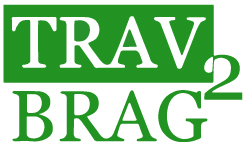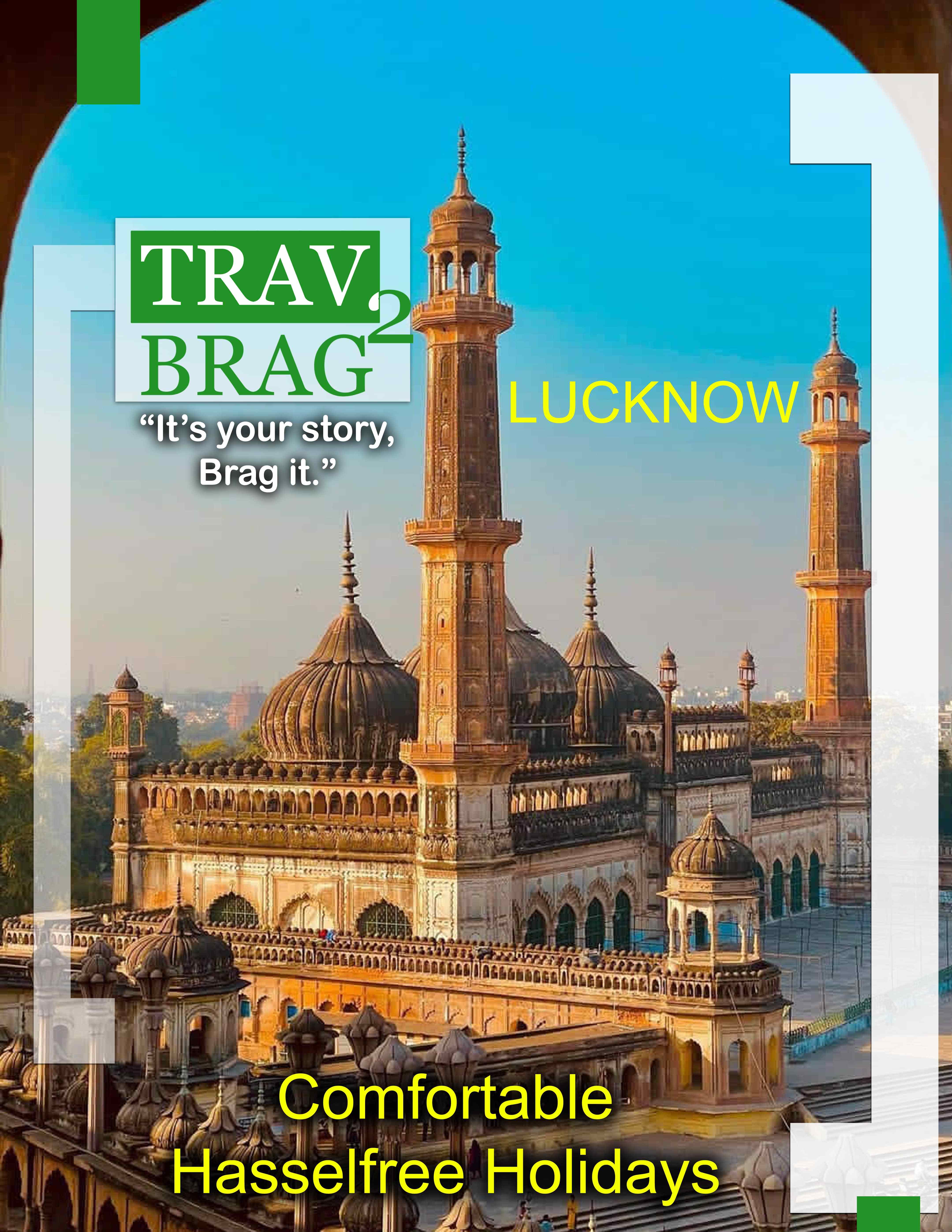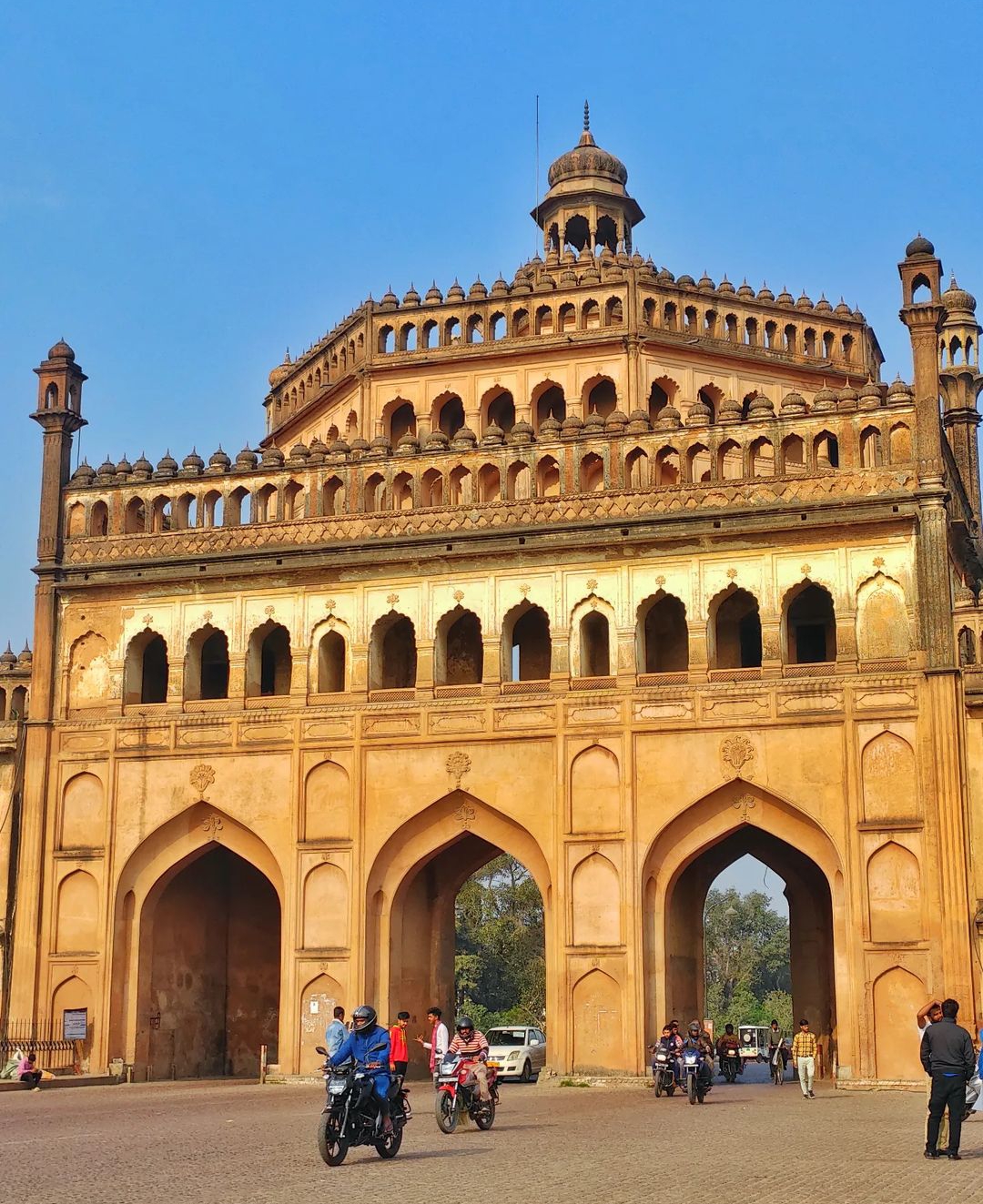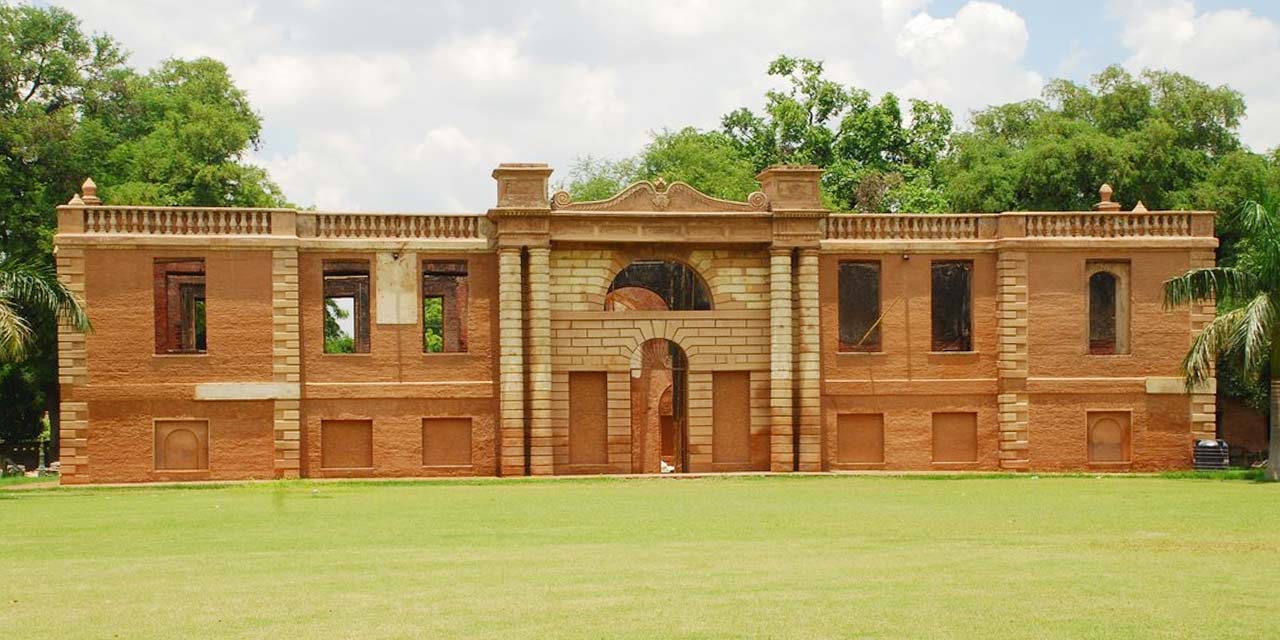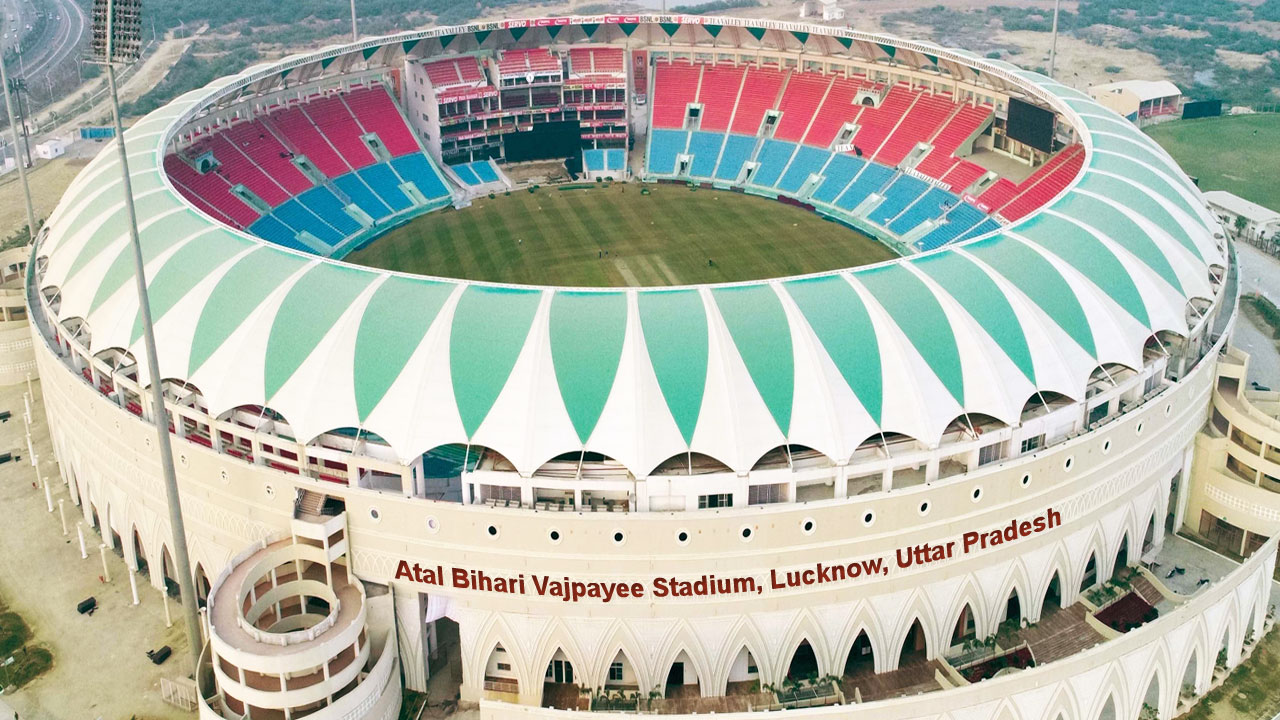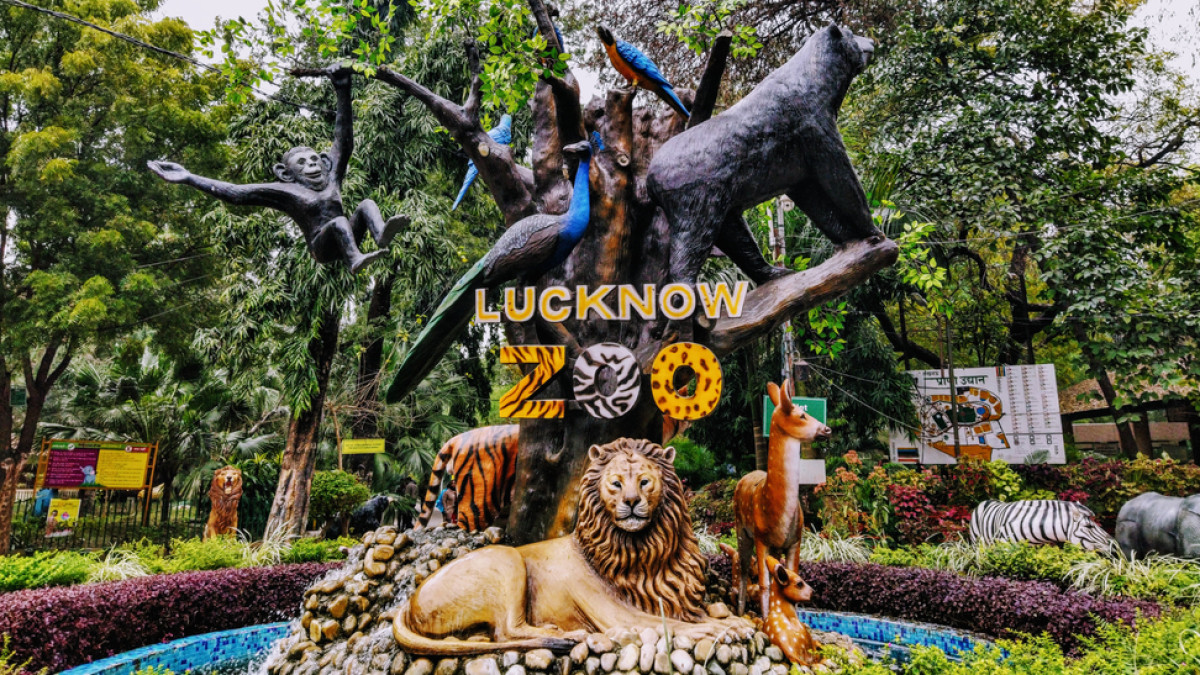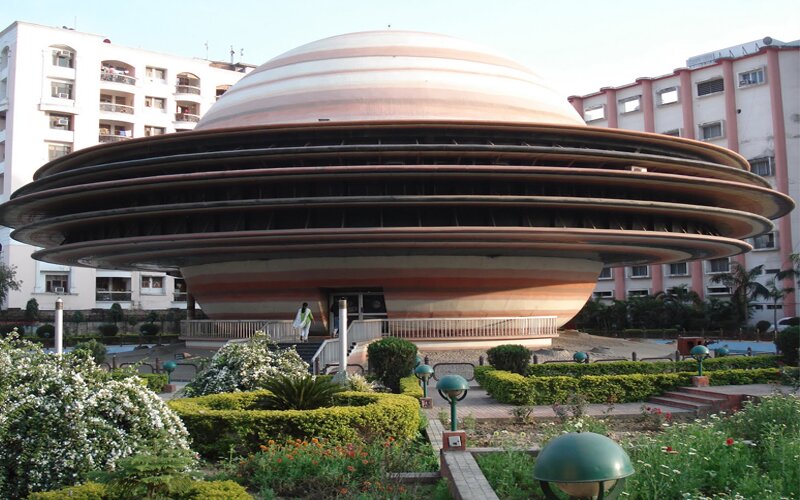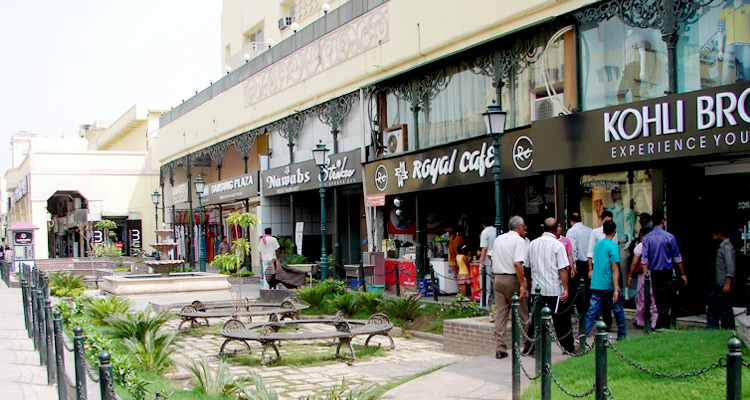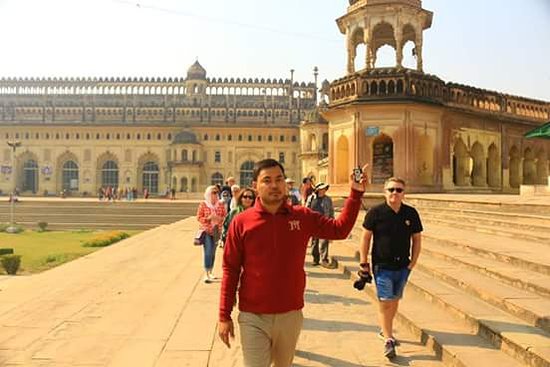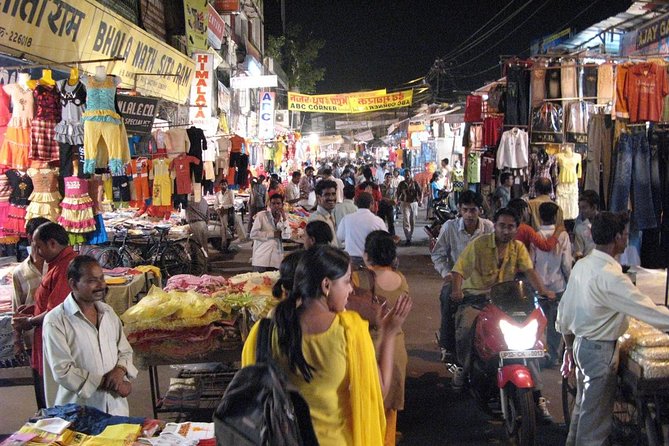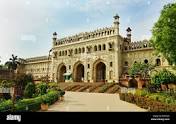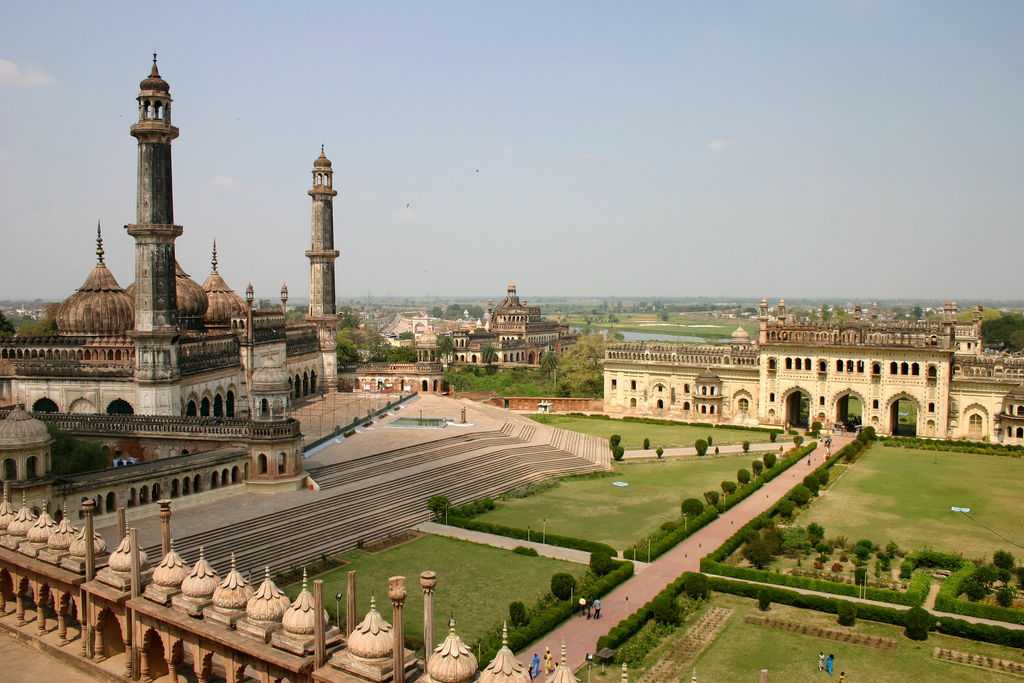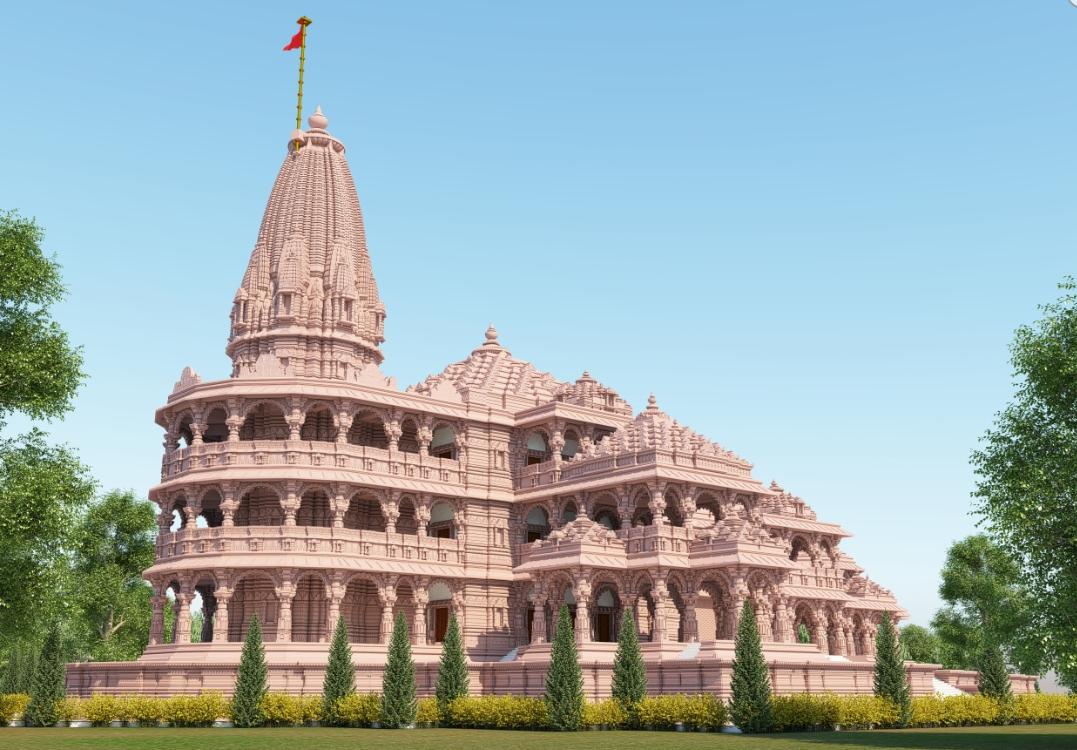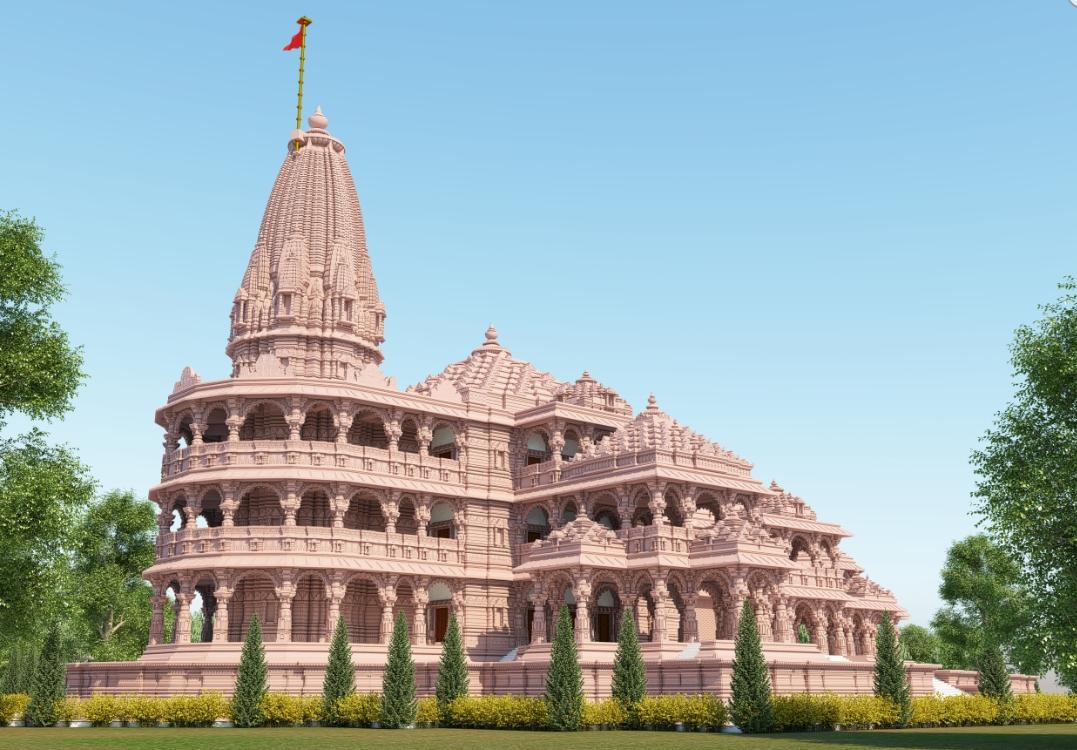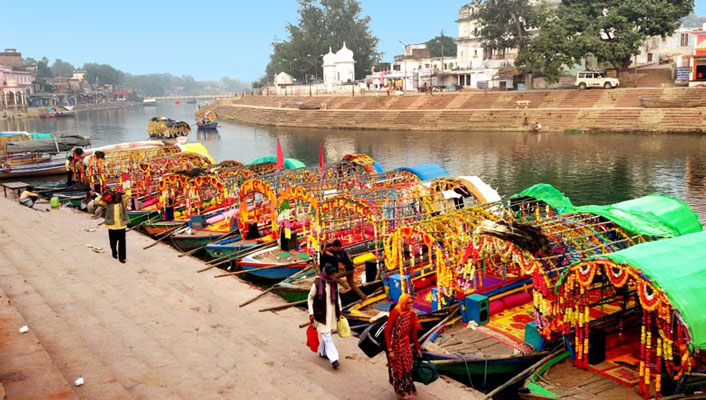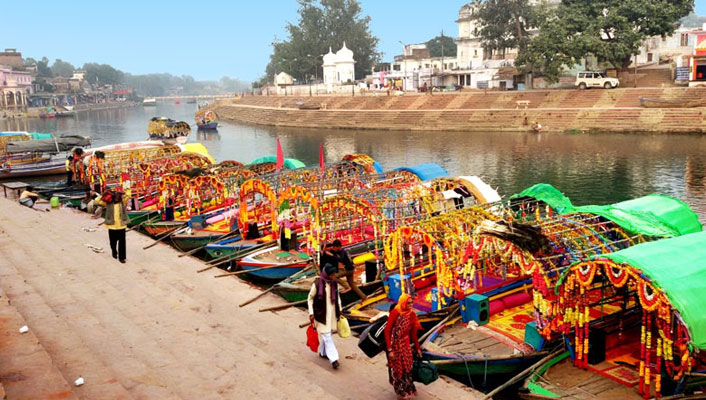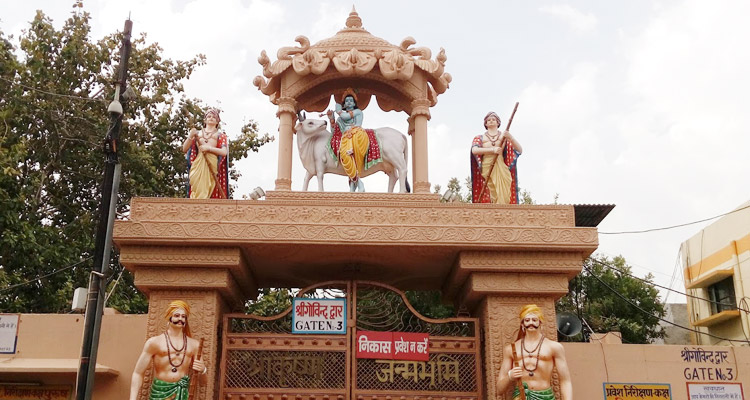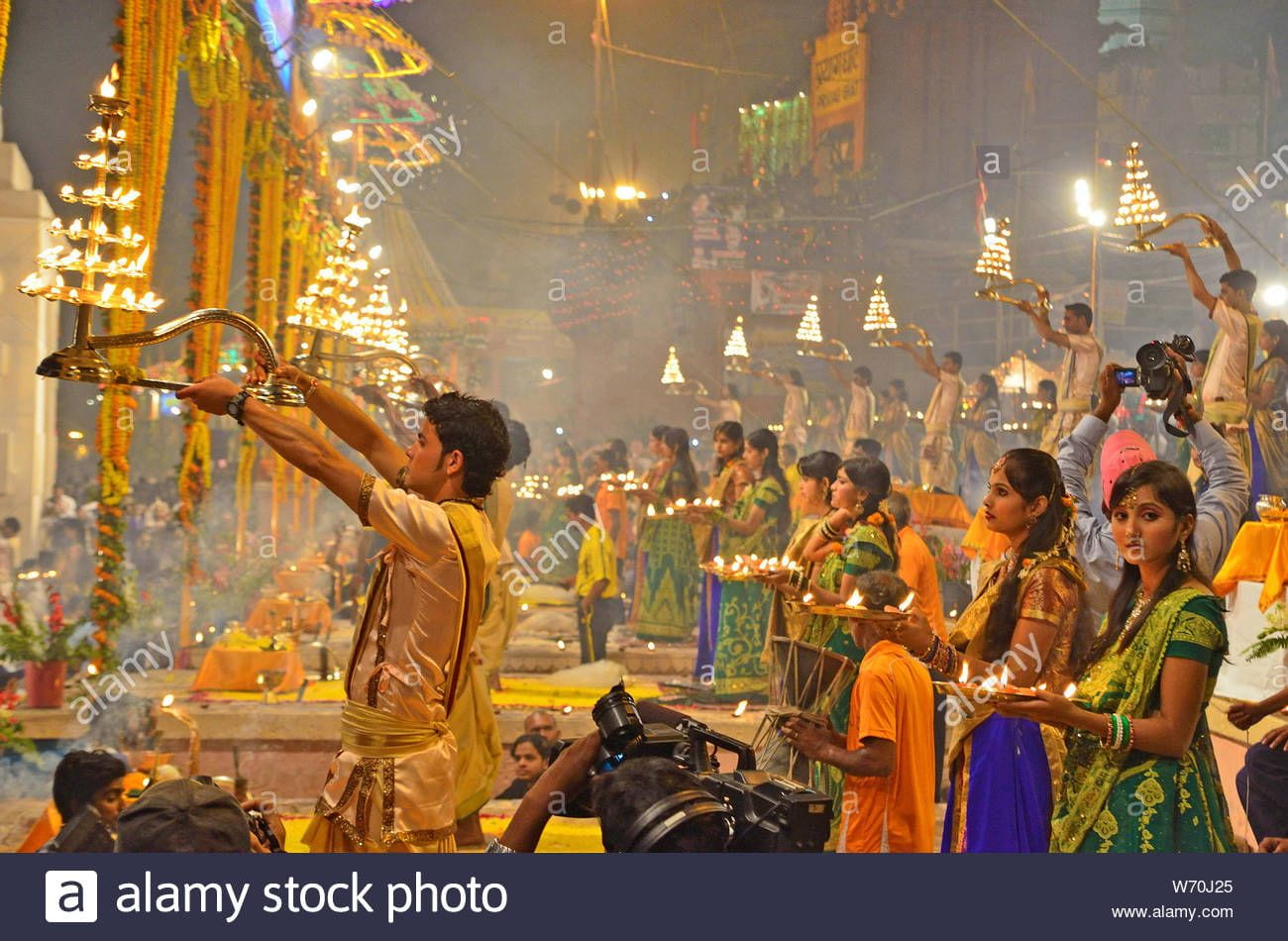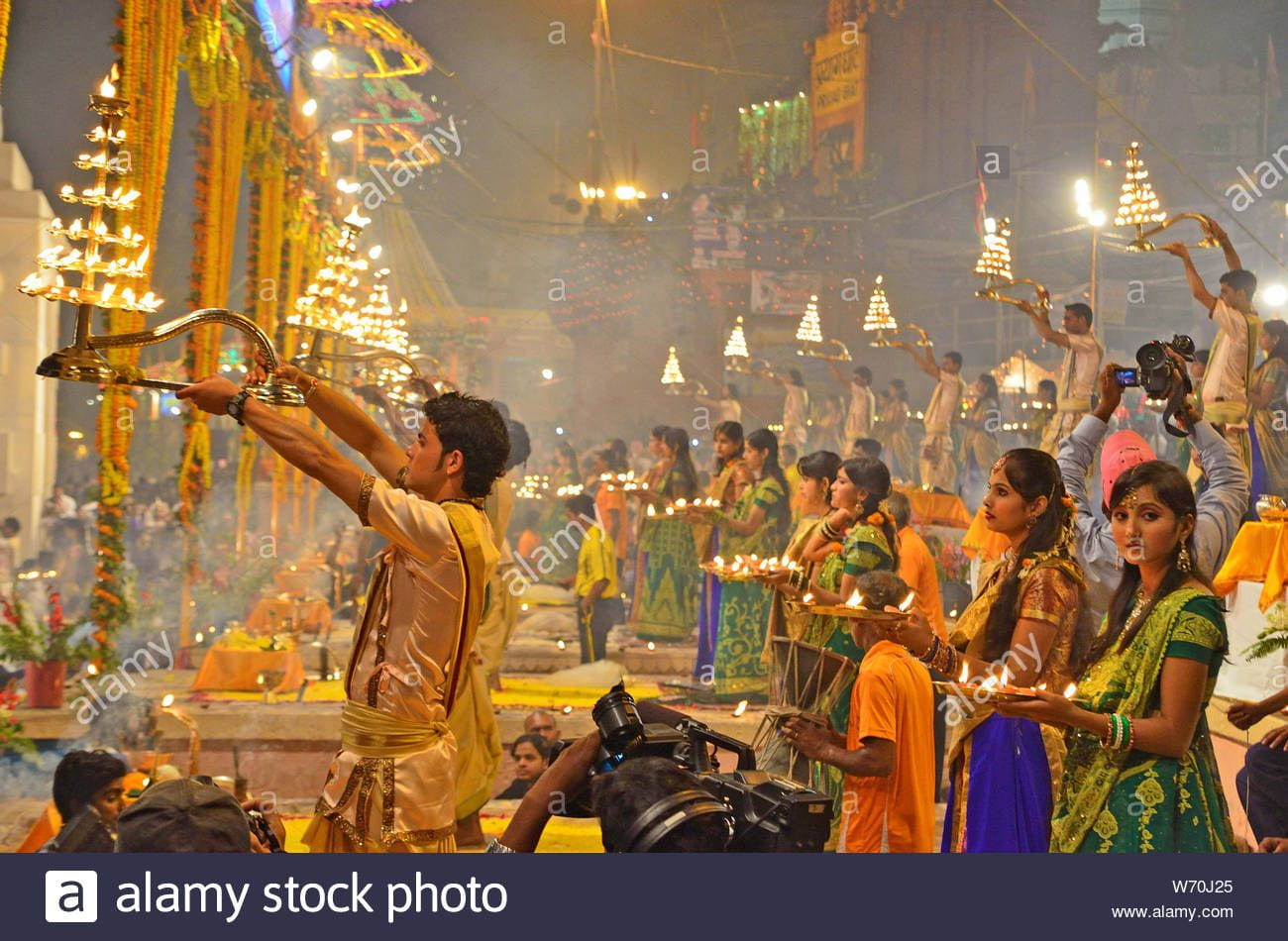Suggested Itinerary
Historical Lucknow- Lucknow Under Nawabs
The City of Nawabs has become a popular tourist destination because of the tourist attractions of Lucknow, most of which are comprised of historical monuments.
Bara Imambara
The Bara Imambara is huge and splendid to look at and is the cultural high point of Lucknow. It seems that the city has grown around it. The Imambara stands in the middle of a huge complex and it was built in 1785 when the region around was hit by a disastrous famine. The Nawab had ordered this Imambara to be built so that it offered employment to the people working here and later, it also became a center for relief work. The central hall of this Imambara is the world’s largest vaulted chamber which is about 180 feet wide and has no supporting pillars in the middle to hold it. It is stunning how the engineers of that era pulled off this feat. The Shahi Baoli and the Bhool Bhulaiya are other important buildings in the Imambara Complex.
Jama Masjid
The Jama Masjid is not just an important historical monument but also happens to be the spiritual nerve center of Luckow. It is where the devout Shia community comes to pray on all occasions and festivals. The construction of the building started in 1837 by Muhammad Ali Shah but was not completed in his lifetime. Later, Nawab Malika Janah took up the construction and completed it. One of the most notable features about the mosque is that although it is a Muslim place of worship, there are Jain and Hindu carvings on them and is a spectacular example of secular architecture.
Rumi Darwaza
The famed Rumi Darwaza is indeed one of the finest pieces of architecture in the whole of Lucknow. It is said that the design is heavily inspired by a similar gateway that once stood in Turkey and was built by Constantinople. It is 60 feet tall and is also sometimes referred to as the Turkish gate. In earlier times, this huge gate marked the entry into Old Lucknow and today, as the city has grown around it, it still stands as a formidable landmark. The gate was built by Nawab Asaf- ud- Daulah during the 18th century, also during the time of the famine, to give employment to the locals
Satkhanda
An iconic watchtower located in Lucknow, Satkhanda is an incomplete, four-storied structure that dates back to the 1800s. King Mohammed Ali Shah who started the construction of the building planned it to be a watchtower with seven stories but could complete only four due to his untimely demise. The design of this red-brick tower shows influences of the Leaning Tower of Pisa, which makes it one of the interesting monuments to visit in Lucknow.
Picture Gallery
Located adjacent to the Rumi Darwaza, Husainabad Clock Tower is another heritage monument dotting the cityscape of Lucknow. Built in 1881 by the Hussainabad Trust at a cost of 1.75 lakhs, this 221-feet structure is modeled after the Big Ben Clock Tower of London. The clock is designed like a flower with 12 petals and its pendulum is 14 feet long. Popular as the tallest clock tower in the country, it displays the Gothic and Victorian styles of architecture.
Chota Imambara
While the name suggests Small, there is nothing small about the Chota Imambara, except that it is also smaller in comparison to the Bara Imambara. It is also known as the Hussainabad Imambara and was built in 1837 to 1842. It was built about 40 years after the completion of the Bara Imambara. This Imambara is known for its wonderfully gilded dome and the turrets here are an exquisite example of craftsmanship. It was built by Muhammad Ali Shah and a number of his family members where then laid to rest here for generations. It is one of the most pieces of architecture that any Nawab has built in India so be sure not to miss it.
Chattar Manzil
The Chattar Manzil gets its name from a dome shaped roof at the top which is shaped like Chattri, or an umbrella. Although commissioned by Nawab Ghazu- ud- din- Haider, the structure was later completed by his son Nasir- ud- din, after his death. Though it was built by the Nawabs, an amalgamation of various styles could be seen here and the European style is especially quite prominent. Today, the building has been turned into a government office and although some minor changes have been made on the inside to suit modern needs, the outer façade still retains its old world charm.
Kaiserbagh Palace Complex
This palace complex is often missed by the tourists but that is largely because of the hidden nature of this building is a somewhat remote area of Lucknow. The palace has now somewhat fallen into disarray but it still retains some of the past grandeur. There are several palace buildings within the complex and they were all commissioned by Nawab Wajid Ali Shah in the year 1848. The buildings that flanked the quadrangle were then converted into the harem of the Nawab. The Safed Baradari happens to be the most striking palace of all the others as it is built completely in white stone. The palace at the center was also once paved entirely in silver.
Tomb of Saadat Ali Khan
Saadat Ali Khan was one of the most well known Nawabs of Lucknow and it was under him that the city went through a period of immense prosperity. His tomb, though not exceptionally large, still manages to attract a number of tourists and in fact, is one of the best preserved monuments in Lucknow
